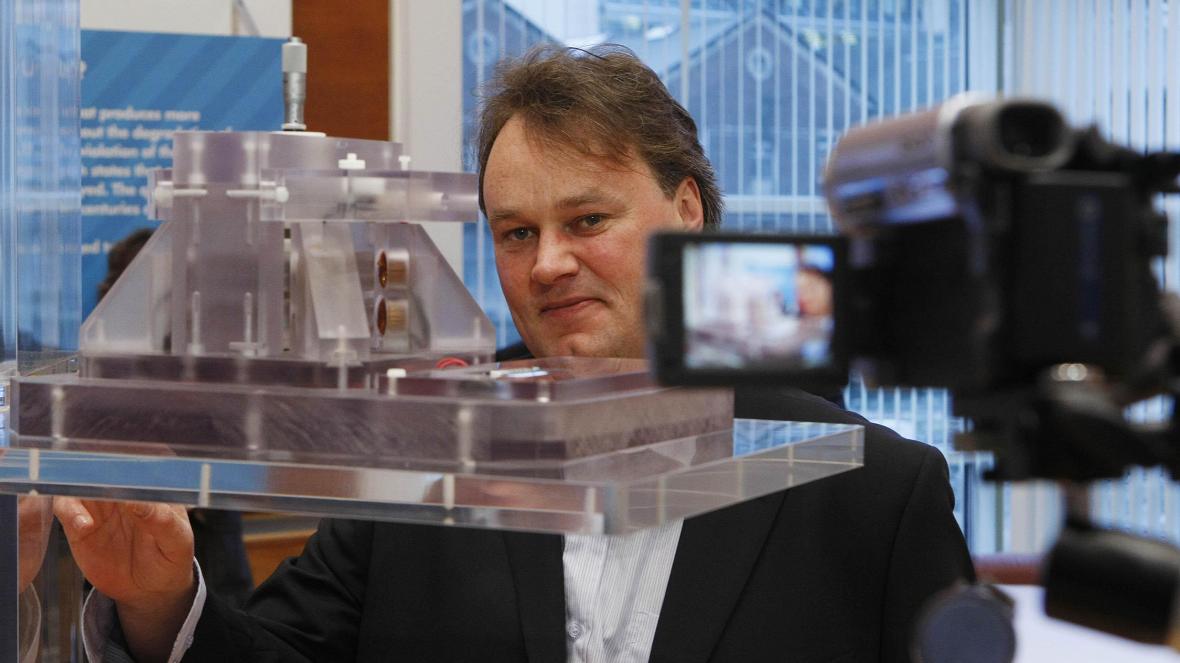
Thanks to our guest contributor Aidan Sullivan for this summary of Barry Whyte’s new book, The Impossible Dream:
Journalist, Barry J Whyte, has turned out a remarkable book on Steorn, titled, The Impossible Dream.
Highlights include:
- News that HephaHeat, a spin off from Steorn, is now dead. HephaHeat tried to sell pieces of Steorn technology, including a very fast kettle, and a steam cleaner.
- The liquidator of Steorn did not find any fraud by its executives, when he examined the company’s accounts.
- The Irish government seems to have given out several cash grants over the years to Steorn, through several government agencies, yet it carefully distanced itself from the company.
- Steorn patents were not purchased following the company’s collapse, contrary to reports, all Steorn patents now seem to have lapsed.
- It is not the end of the extraordinary Steorn tale. Sean McCarthy, the founder of the company still believes he has discovered a new type of perpetual energy, based on the injection of a magnet into an existing magnetic field. He claims that the interaction of the two created magnetic fields will turn a wheel. His detractors deny this claim.
- McCarthy says he may need up to 20 years to prove his claims, that he has discovered a new perpetual source of free energy, that will change all transport, and the world. He now runs a cryptocurrency trading company in the west Dublin suburbs. The company is called Suthain. Steorn shareholders have been given shares in Suthain, proportionate to their Steorn investment.
McCarthy warns investors in Suthain to be patient over news of his free energy development, and that they should not expect news on a three monthly basis. He says it will take a further 20 years before he can finalize his free perpetual free energy.
In Dublin, there is still a sense of shock over the collapse of Steorn, and HephaHeat, after the two companies burned through €23m of invested money. No one really knows where McCarthy’s continued claims that magnets, specifically placed into a magnetic field, are leading — this conversation may yet run for another 20 years.
Below are links to additional reviews and coverage of the new book (some require subscription):